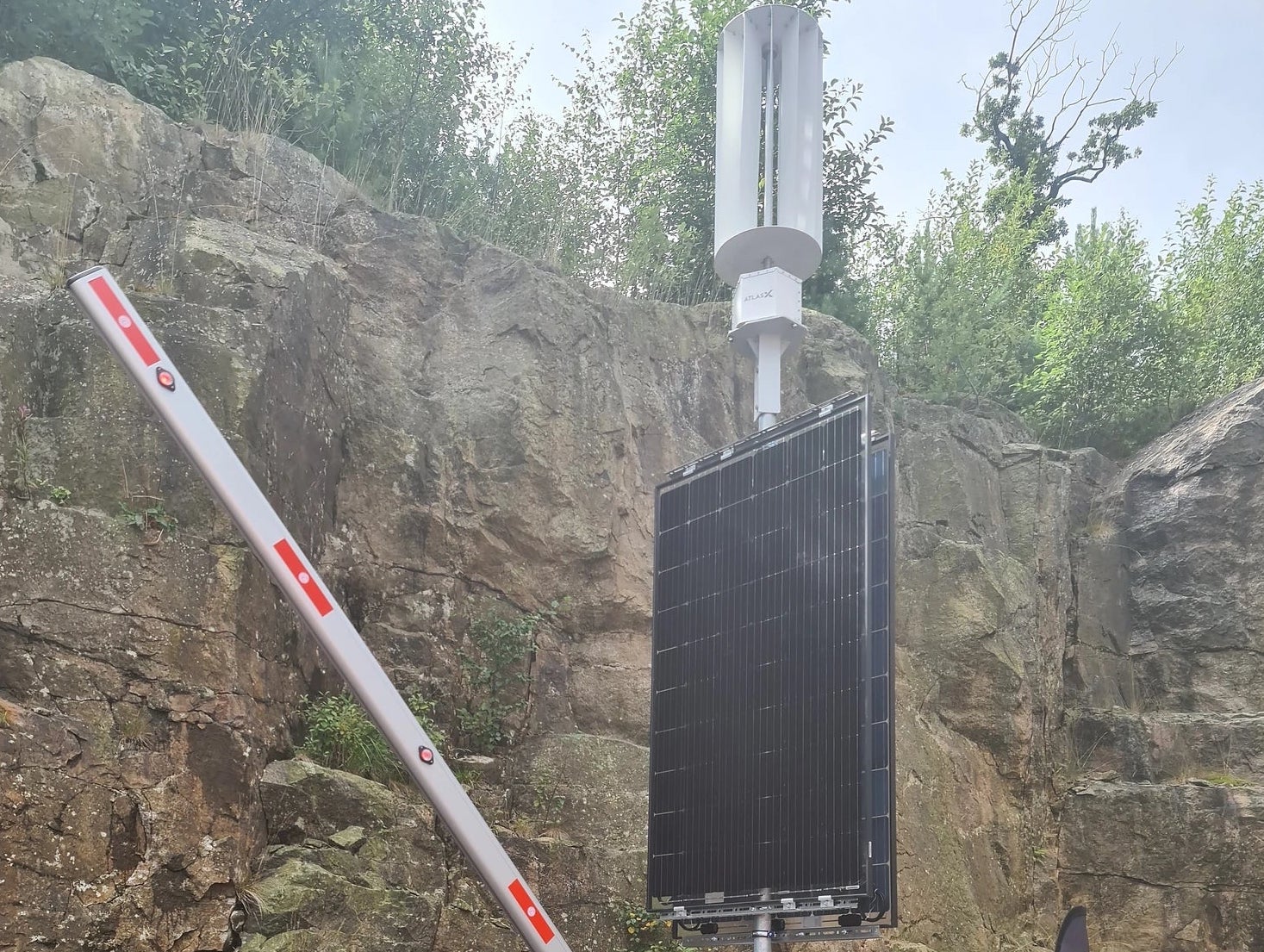
Many people have begun to power their house with renewable energy and why wouldn't you? It's a great idea! There are a few options in what type of renewable energy you might have attached to your roof. The most popular of which are solar photovoltaics and small scale wind turbines. Solar photovoltaics generate electricity by collecting photons (little packets of light energy) and converting their energy into electricity specifically through the use of light responsive materials. The wind turbines used domestically can scale all the way from a small drag type wind turbine used as an anemometer (a device for measuring wind speed) mounted on the roof of a house all the way to a semi-industrial 50kW wind turbine, think of a large scale offshore wind turbine and scale it down a bit, that sits at the end of your garden. TESUP turbines are a happy medium between the two rated from 800 to 5000 Watts of power.
Photovoltaics (PV)
Photovoltaics (PV) are great for powering your house, particularly with falling prices and rising efficiencies. With new advances in materials science when applied to photovoltaics, the efficiency (how much of the sunlight energy is converted into useful, electrical energy) of solar panels is increasing, particularly in the more expensive, industrial scale turbines. More importantly for consumers is the recent improvements to the manufacturing of photovoltaic material which has drastically brought down cost over the years. Combine this with the increased efficiency of these solar panels and you have a recipe for a good deal of localised power generation.
But what about on an overcast day? You ask. There won’t be enough sunlight to power my house properly! You say. Well this is where hybrid energy systems come in! By diversifying the energy systems you use to generate electricity you can benefit from all sorts of weather conditions, avoiding excessive downtime and improving the consistency of power generation.It would therefore be a good idea to diversify your power generation, as what usually happens when the sun goes away? It starts being windy of course! Investing in a wind turbine would be a good way to help make sure you always have power generation available.
